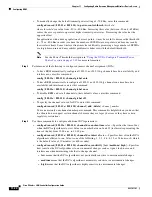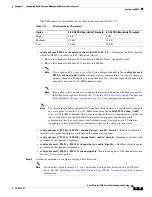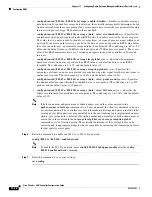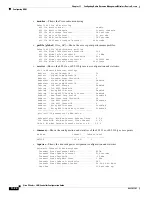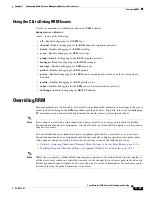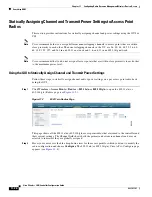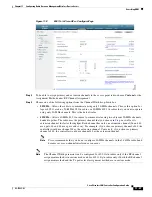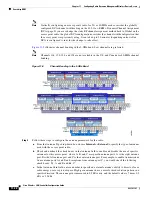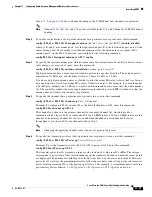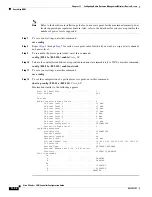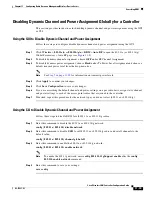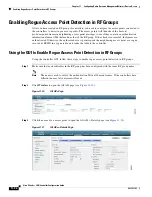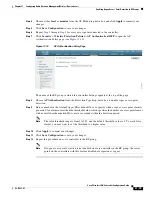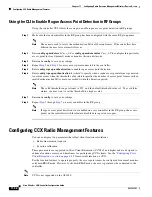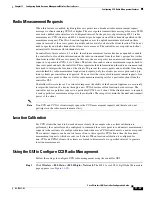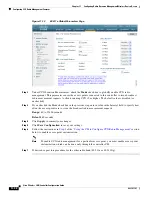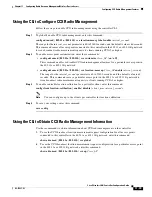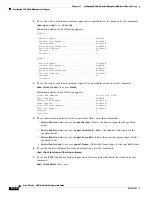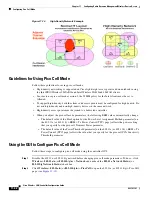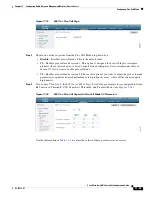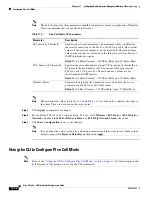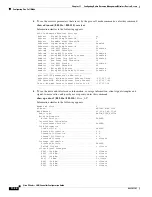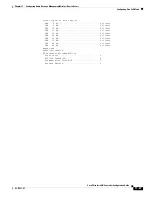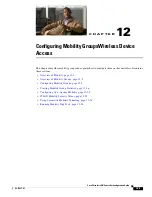
11-34
Cisco Wireless LAN Controller Configuration Guide
OL-17037-01
Chapter 11 Configuring Radio Resource ManagementWireless Device Access
Enabling Rogue Access Point Detection in RF Groups
Enabling Rogue Access Point Detection in RF Groups
After you have created an RF group of controllers, you need to configure the access points connected to
the controllers to detect rogue access points. The access points will then check the beacon/
probe-response frames in neighboring access point messages to see if they contain an authentication
information element (IE) that matches that of the RF group. If the check is successful, the frames are
authenticated. Otherwise, the authorized access point reports the neighboring access point as a rogue,
records its BSSID in a rogue table, and sends the table to the controller.
Using the GUI to Enable Rogue Access Point Detection in RF Groups
Using the controller GUI, follow these steps to enable rogue access point detection in RF groups.
Step 1
Make sure that each controller in the RF group has been configured with the same RF group name.
Note
The name is used to verify the authentication IE in all beacon frames. If the controllers have
different names, false alarms will occur.
Step 2
Click
Wireless
to open the All APs page (see
Figure 11-10
All APs Page
Step 3
Click the name of an access point to open the All APs > Details page (see
Figure 11-11
All APs > Details Page

